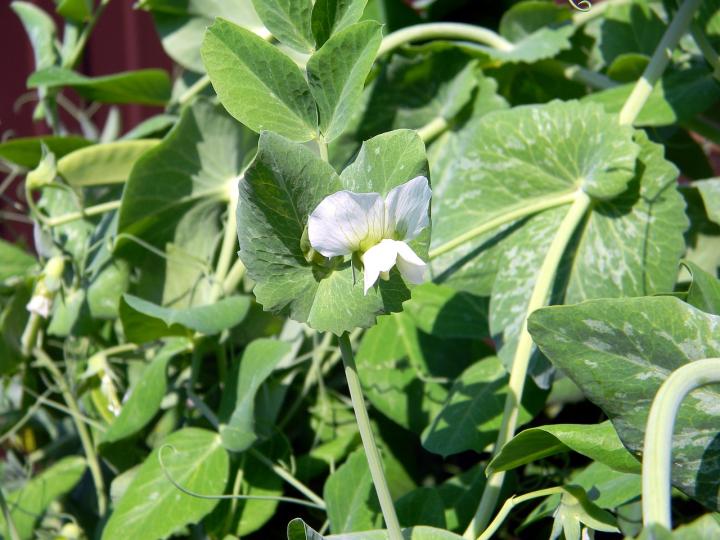
Tips on the Best Time to Plant Your Peas
Become a better gardener! Discover our new Almanac Garden Planner features for 2024. It’s easy, fun, and free to try!
ADVERTISEMENT
We live on the north shore of Long Island (NY) and are technically in Zone 7. I've tried planting peas early and they all rot. I don't put mine in until after the danger of frost. No sense wasting seeds year after year.
How deep are these recommended soil temperatures for? I guess the depth at which the seed is planted? And is it the soil temperature at night or during the day?
It's still pretty cold here in Southern Ontario. Last night the ground froze to a depth of about 3/4 inch but it thawed in the afternoon with temps reaching the high 30s. Temps are supposed to drop to the low-mid 20s tonight though so I expect the upper layer of soil will freeze again.
After that, the forecast calls for milder weather, around 50F during the day and 35-40F at night, but we'll probably be getting several light freezes and maybe one or two severe (ex 25F) freezes. There wouldn't be any snow to insulate as snow is pretty rare here in April, the cold snaps are usually precipitation free.
I just learned that the most accurate way to take your soil's temperature is to take a reading every day at 9 AM for a week and then average the results. Insert your thermometer 2 inches deep in the soil since those top 2 inches are the area where most seeds will be planted. Like in your garden, the temps in mine fluctuate widely. It can be 60 one day and frozen solid the next depending on the weather. Taking the temp in the afternoon, after the soil has warmed up in the sun, doesn't give an accurate picture. Peas germinate best when the soil is at 40 degrees or above. I still follow Mother Nature's lead and wait until the forsythia and crocus bloom to plant my peas. They are a good indicator of when the weather has settled enough to plant cool weather crops.
Several years ago I started to plant bush peas, I can't find them anymore, does anyone plant this type of pea?
a really fine informative article with loads of good advice. Peas have always been a problem for me. At 86 we're never too old to learn new tricks. Thanks for sharing.
I plant my lettuce (first crop of many!) on St Patrick's Day for the same reasons outlined in this article. I am eating my first salad while others are planting on Memorial Day!














